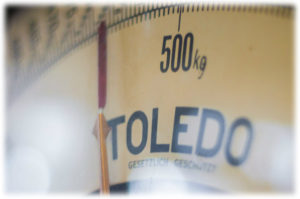
Hi, I’m John Lange, an electrician for the North Carolina Department of Transportation. I am responsible for maintaining three of the state’s most critical drawbridges—or at least I was when I wrote this. Who knows what future-me is up to now?
I recently visited a good sized double leaf bascule to help diagnose a slow-down problem. Upon observing a bridge opening, I could see that the slow-down relay was picking up at the appropriate times. I also noted that the ammeters were indicating that a significant amount of counter torque was being applied. The slow-down was actually trying to occur, but something was overpowering the applied counter torque. What at first appeared to be a control issue was actually a drawbridge span balance issue.
The maintenance forces had not been trained in how to counterbalance weight additions to the span structure. Over time, the span decking had been repaired with steel plates and some structural members had been reinforced without taking the weight into consideration. The resulting span weight was too much for the slow-down ramp of the thyristor based motor drive system.
Bascule bridges operate on the principle of the lever. The pivot point is known as the fulcrum, which on a bascule bridge is actually the trunnion bearing. If both sides of the fulcrum were weighted equally at an equal distance, then the result would be a balanced state. But in bascule bridges the toe end of the span is much farther away from the trunnion bearing than is the counterweight section. Because of this, a small weight at the toe end of the span must be offset by a much heavier weight in the counterweight section.
To determine exactly how much counterweight is needed is fairly simple.
Calculating required counterweight
To find how much it takes to counterbalance a weight on a lever you multiply the weight by the distance from the fulcrum (or trunnion) to attain an applied torque value. You then divide that by the distance you are placing the counterweight away from the other side of the fulcrum.
Example- 1000lbs at 66.5ft = 66500 torque – 66500 divided by 12 = 5542.
So you would need 5542lbs at 12ft from the fulcrum in order to counterbalance 1000lbs at 66.5ft from the fulcrum. Each addition to a bascule span should be offset by the correct amount of counterweight to prevent excessive span weights.
Drawbridge span balance issues are fairly common. I would be interested in hearing any examples of imbalance issues that you may have encountered.
Please feel free to share your comments below.